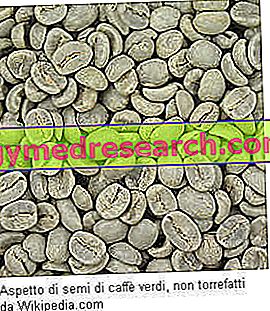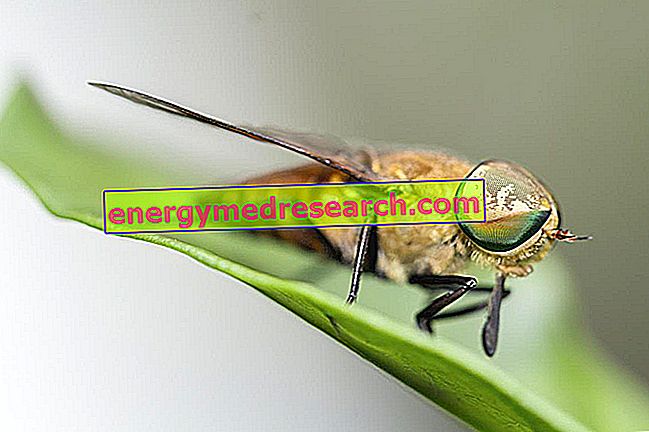The drink obtained from raw green coffee (Green Coffee - Café - Kaffee) is a real nervine characterized by the contribution of a stimulating molecule (in its various forms, both free and tied) called caffeine or, in chemistry, 1, 3, 7-trimethylxanthine - methylxanthines family.
Crop of raw green coffee
Raw green coffee is obtained by infusing the seeds (contained in the drupes) ground and unroasted with Coffea ( C. arabica L., C. robusta Linden, C. liberica Hiern etc.), a plant (or rather, a group of botanical varieties) belonging to the Rubiacee family.

Seen and considered the type of infusion used in the preparation of the drink based on raw green coffee, during which lower temperatures (80 ° C) are reached compared to that used for traditional black coffee (100 ° C), the seed that is lends more to the production of the drink is the more "rich", able to confer an important "body" taste and olfactory EVEN in the absence of roasting and with lower temperatures of infusion. Raw green coffee is therefore a drink obtained by infusing the powder of the seed contained in the drupe of the Rubiacea Coffea arabica ; this fruit, developed from white flowers and from the balsamic aroma, is attached to the plant by means of red (ripe) bunches and with drupes similar to cherries. In section, the drupe of the coffea is so structured (starting from the outside): red epicarp, yellowish mesocarp, pulpy and bittersweet, and endocarp divided into two cells formed by a membrane that also divides the two seeds inside. After harvesting the coffee beans must be separated from the pulpy component and from the membrane; this process can be carried out dry by drying in the sun and beating, or wet in water by using pulping machines (whose action is followed by a drying phase). The yield of Coffea is 20% with 80% waste.
Raw green coffee fraud: Learn about its characteristics to avoid them
A good raw green coffee MUST be intact, evidently NOT marked by microbiological proliferation (induced by excessive humidity in cultivation or storage) or even artificially altered. The grains of raw green coffee must appear uniform, equally colored, shiny, dry, of consistency between cornea and cartilaginous, very difficult to crush with the teeth and WITHOUT SMELL OR TASTE out of the ordinary. If intact and immersed in cold water, the seed must be able to color it lightly even after some time.
Obviously, to be sure of the integrity of raw green coffee (as well as more information about it) it is advisable to contact a laboratory able to provide the determination of humidity, ashes and caffeine, bringing to light any food sophistication ( to which generally the roasted beans are much more subject than the raw ones). On the other hand, raw green coffee can be compromised by bacterial fermentation and fungal contamination, as a result of which both color and odor will obviously be compromised. Furthermore, it is not uncommon for batches of raw green coffee imported by sea to be washed with salt water acquiring the reputation of "marinated coffee" (obviously salty and leachy). It may also happen that some traders try to pass off a poor quality coffee (by pigmentation) for a more refined one, to the advantage of the selling price; it is therefore possible to discover its adulteration by immersing it in water or rubbing it on a cloth. Finally, raw green coffee powder can be imitated with mixtures of flour and other ingredients, but this artifact is more easily recognizable.
Bibliography:
- New dictionary of applied commodity and chemistry - Villavecchia, Eigenman - Hoepli - pag 725: 731.



